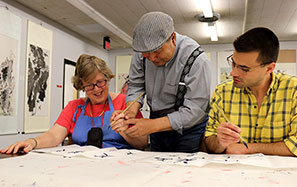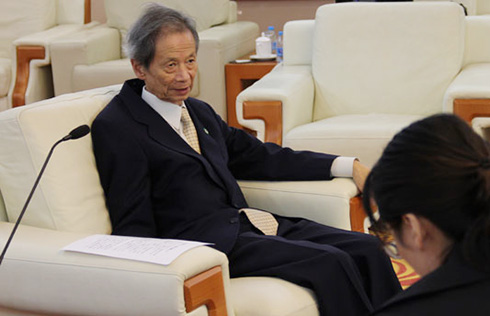Researchers regenerate long-frozen plants
WASHINGTON - Plants buried inside the Teardrop Glacier in the Canadian Arctic 400 years ago still have the ability to regrow, according to a new study published Monday in the US journal Proceedings of the National Academy of Sciences.
In 2007, researchers from the University of Alberta in Canada found long-frozen plants known as bryophytes, including mosses and liverworts, from the retreating edge of the Teardrop Glacier on the Ellesmere Island.
When the researchers examined the bryophytes they found that the plants' structure was well preserved by the glacier. Some of the plants showed signs of regrowth, including green lateral branches or stems.
They used radiocarbon dating to confirm that the exhumed bryophytes were entombed during the Little Ice Age that ran roughly from 1550 to 1850.
The researchers then took fragments of the plants and cultured them in the laboratory. In the end, they grew 11 cultures from seven specimens, representing four distinct taxa.
"The ability of exhumed bryophyte tissue to regenerate emphasizes their successful adaptation to extreme polar environments," the researchers wrote in their paper.
They said the findings have broadened "the concept of ice age refugia", traditionally confined to survival of land plants to sites above and beyond glacier margins.
"Our results emphasize the unrecognized resilience of bryophytes, which are commonly overlooked vis-a-vis their contribution to the establishment, colonization, and maintenance of polar terrestrial ecosystems," they wrote.



















